Photographs: Satish Bodas Shaikh Ayaz in Mumbai
Next month will mark the birth centenary of Indian cinema's earliest superstar, Ashok Kumar. As avid fans across the country brace up to celebrate his 100th birth anniversary, newer dimensions of his talent are being discovered.
One such lesser known secret of the late Dadamoni's private life was that he was a prolific painter excelling in mediums ranging from oil to charcoal and watercolour. What's startling is that the legendary actor had a bizarre penchant for nude paintings which he executed in the confines of his bathroom. He wouldn't have any clothes on when he painted nude figures. He usually kept the morning time for himself, in which he would paint and read and nobody was allowed to disturb him, says Dadamoni's daughter Bharti Jaffrey, who now runs the Ashok Kumar Foundation.
The foundation is organising an art exhibition of his works, among other events, to celebrate his birth centenary on October 13. Since Dadamoni gifted most of his 300-odd paintings in his lifetime, very few surviving works are available today, a handful of which are in possession of his family and friends.
For the first time, his family has allowed access to his works. Here's an exclusive first look at the immortal actor's various nudes, self-portraits and pastoral scenes.
Self-portrait playing violin
"Papa took his art seriously and used to practice almost every day," says Jaffrey. It was actor Iftekhar who introduced Dadamoni to painting.
"Our maternal grandfather, a zamindar in Bhagalpur (Bihar) was a patron of the art. As a five-year-old, my father used to attend soirees in which artists, musicians and writers would mingle. I think he must have imbibed art then," she adds.
"It's interesting that Dadamoni would choose to paint a self-portrait playing a musical instrument because he was an accomplished singer who rendered the famous track Rail Gaadi in Hrishikesh Mukherjee's Aashirwad. This was painted at our house in Kala Ghoda (South Mumbai, where Ashok Kumar used to stay before he moved to Chembur). In the background, you can see the old Bombay skyline, with Rajabai Clock Tower and the University of Mumbai," says Jaffrey.
Horse in Motion
Image: Horse in MotionDadamoni was fond of painting horses, an animal he found virile and masculine.
Says Jaffrey, "Papa used to always say that getting the anatomy of an animal in motion is the toughest part of drawing. He used to draw horses, tear the paper and draw them again."
Leaping Horse
Image: Leaping HorseDadamoni returned to the horse subject time and again.
Once, M F Husain, who painted horses practically all his life, had seen Dadamoni's paintings and remarked, "These are not the brushstrokes of an amateur artist."
Women at the Riverside
Image: Women at the Riverside"From Paulraj, dad learnt watercolours without using the pencil," Jaffrey says, adding, "This scene of women with their pots going to fetch water was painted from memory. It's a typical Indian rural scene. Despite all his sophistication, dad was a farmer at heart."
Nude in the Forest
Image: Nude in the ForestIt's again a copy of a European master," says Jaffrey.
Dadamoni's art was influenced by masters like Henri Matisse, Vincent van Gogh, Paul Cezanne and the Impressionists. He respected the European artistic tradition but wasn't particularly fond of the American paintings.
Nude in Black and White
Image: Nude in Black and WhiteWhenever his kids would ask him, 'Papa, who's the model for your nude paintings', he would respond nonchalantly, 'your mother (Shobha) at the various stages of her life'.
"Although ours was a very conservative family and he made us wear saris and never allowed us to play cards, he was a forward-thinker. We are not prudes that we cannot appreciate nude paintings. That was the kind of upbringing we had," Jaffrey says.
Bullock Carts
Image: Bullock CartsDadamoni's grandfather actually wanted him to study art in Italy but that never happened. However, he visited important galleries abroad and kept himself abreast of art developments across the world.
In the above painting, he has recreated a rural scene which Jaffrey conjectures he must have seen on his various travels across India.

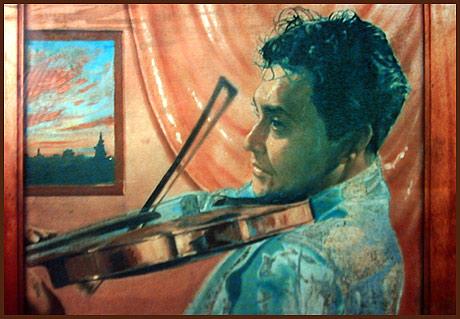
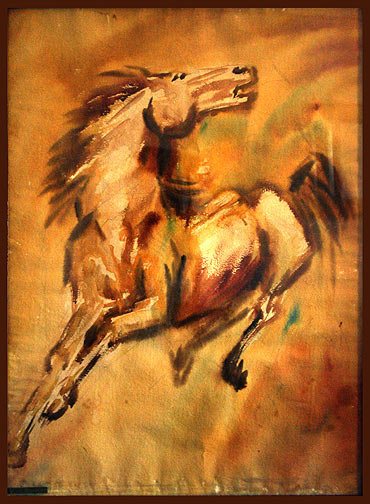
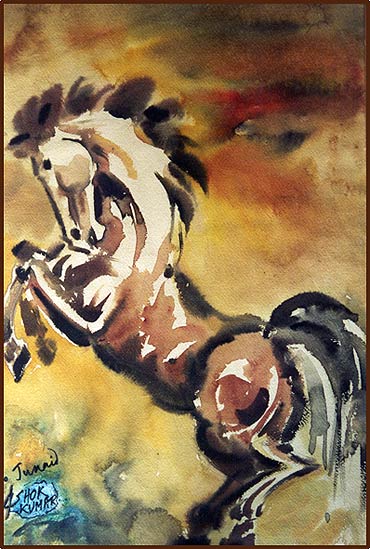

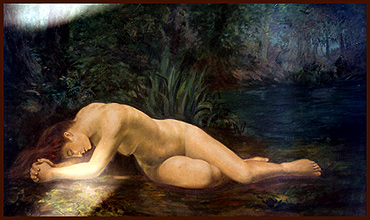
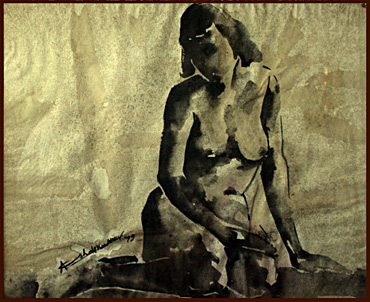
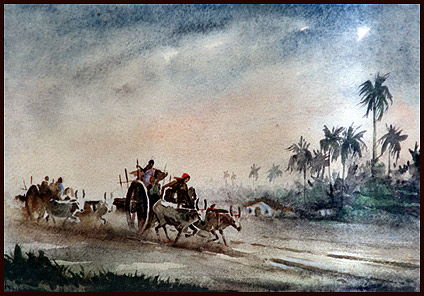
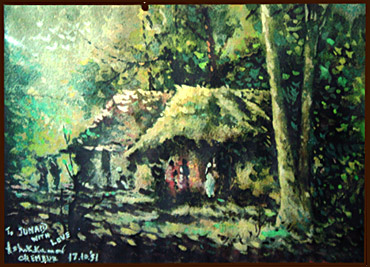
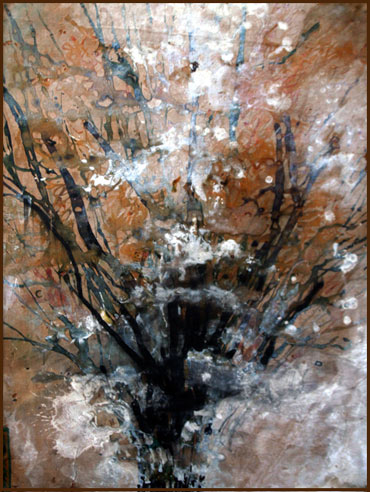

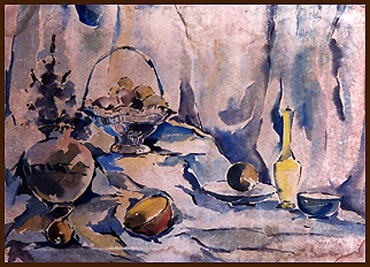
Comment
article